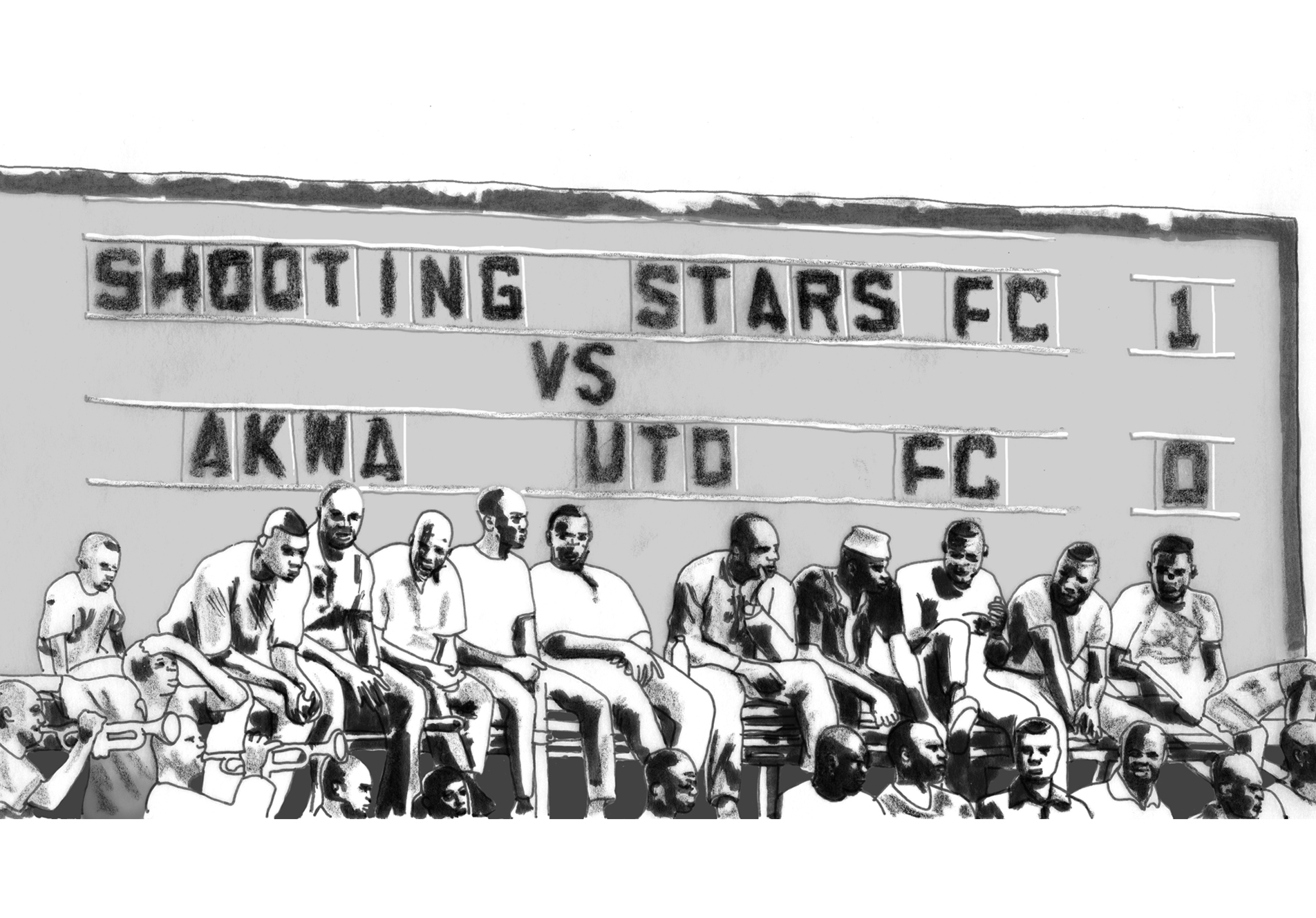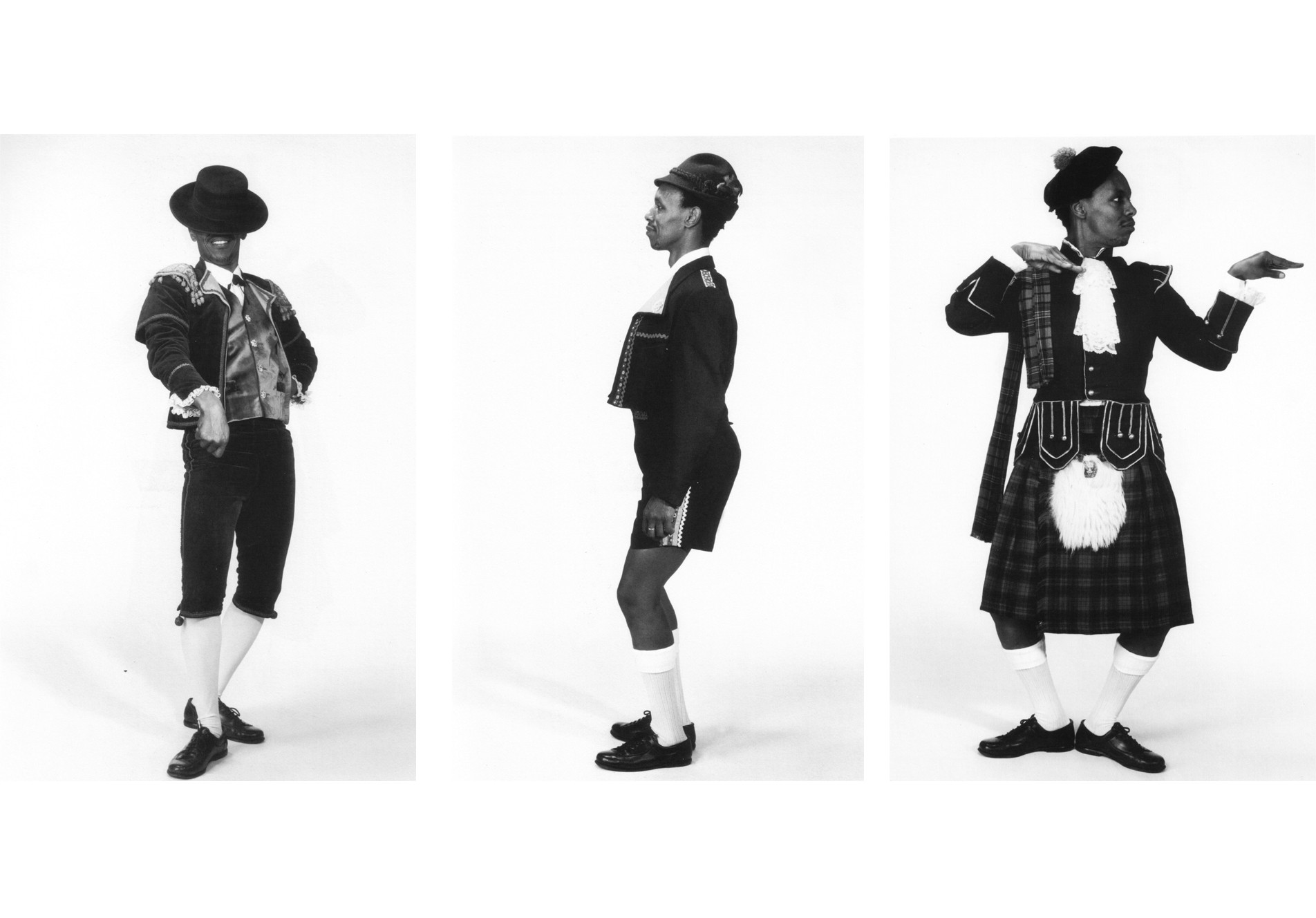In a brief history of women’s football on the continent, Shina Oludari reveals that, despite the overwhelming favour afforded to the beautiful game and its star male players, African women have put foot on the pitches and proven that passion and skill trump gender.
Despite the bias of massive investment in the playing and marketing of the men’s game, women’s football has seen rapid growth, from the days of kicking a leather ball around a pitch for charity or physical fitness drives to the current field of dreams that boasts 176 national teams from all over the world, just 33 short of the number competing in the men’s league.
In Africa, the history of women’s football dates further back than most would imagine – long before the game was formally recognised in the 1970s. In the 1940s, games played by Nigerian women’s teams were the focus of local newspaper reportage and in the 1960s several attempts were made in South Africa to set up teams – one by a teenager, Jesse Maseko, who tried to start a girls’ high school league. In Cape Town, the Mother City Girls – also a high school girls’ team – played against local boys’ outfits. In Senegal, a similar trend existed. But on the whole, the women’s game was largely ignored by African administrators and fans alike, until the early 1990s.
At this point in time, African teams were trying to hold their own on the world stage, making themselves seen at the first FIFA Women’s World Cup staged in China in 1991. The same year saw the launch of the Confederation of African Football’s (CAF) African Women’s Football Championship (AWFC), the first major continental competition in the women’s game and a landmark in the history of African football in general.
The inaugural event hosted eight teams, with the winning trophy going to the Super Falcons of Nigeria, who beat their Cameroonian opposition 4-0 on aggregate in the final and began Falcons’ long-held supremacy in African women’s football. The Super Falcons are the most successful team, having held the title eight times and sharing the record for the country with the most appearances at the African showpiece (10 times) with the Indomitable Lionesses of Cameroon.
Nigeria’s domination in women’s football in Africa has not been without incident. In 2000, violence reared its ugly head in the championship hosted by South Africa. Banyana Banyana took on the defending champions in the final. When it was certain the hosts would lose the much anticipated game after Stella Mbachu’s second goal, the home crowd began hurling bottles and other debris at officials and Nigerian players. After series of interruptions during the encounter, the game was abandoned and the tournament awarded to Nigeria.
Banyana Banyana and the Black Queens of Ghana have attempted to raise the trophy, coming close on several occasions. The former have four second-place and two third-place finishes under their belt, while the Black Queens have netted several silver and bronze medals in nine attempts at the championships. The Super Falcons have proved too hot to handle for many years, until in 2008 they were sent packing in a shock defeat by minnows, Equatorial Guinea. Four years later, the Equatorial Guineans proved their feat was no fluke when they upstaged Nigeria once again, making them the second most successful team in the history of the AWFC competition.
Great players have also emerged from the continent through this championship and have gone a step further displaying their soccer skills on the global stage. Perpetua Nkwocha readily comes to mind as no doubt the greatest African woman footballer to grace the pitch. She holds the record as the highest goal scorer in the history of the AWFC and she has been awarded the African Woman Player of the Year four times. Other big names with talent to match are fellow Nigerians Mercy Akide, Stella Mbachu and Cynthia Uwuak; the Ghanaian pair of Alberta Sackey and Adjoa Bayor, who were crowned Africa Woman Player of the year in 2002 and 2003 respectively; Portia Modise, Veronica Phewa, Perpetua Nkwocha and Alice Mattlou who have all worn the colours of South Africa in numerous competitions; and Genoveva Anonma, one of the Equatorial Guinean team’s greatest assets.
On the world scene, Nigeria has not done badly. They have successfully qualified for every Women’s World Cup tournament and were the first African team to play in the final of the 2010 FIFA U-20 event in Germany, where they clinched the silver medal for the continent. They have also qualified for the Olympic Games on several occasions.
The Black Queens of Ghana represented Africa at different editions of the World Cup, but could not make a lasting impression. South Africa have always come close to qualifying for the FIFA Women’s World Cup and other FIFA youth competitions, but despite taking part at the last five CAF Africa Women’s Championships, they have been continually frustrated in achieving their ambitions. In 2001, South Africa established its first women’s junior team, at U-19 level, and was among a handful of nations to participate in the inaugural CAF Africa Women’s U-19 Championship.
As for football administration, African women are not well represented. In 2013, however, Lydia Nsekera, the president of the Burundi Football Association, was elected to the FIFA executive committee, a watershed moment for female administrators in football. There remain many challenges to the growth of the women’s game on the continent. Sponsorship and remuneration is woeful in comparison to the men’s sport. Investment in scouting and training woman footballers is lagging, although some home-grown African exports thrive in top women leagues in other parts of the world. Yet, considering the enormous population and huge potential, we cannot say that women’s football in Africa has reached its peak. We can and should do more to improve potential, and sustain and even increase the efforts to address these major issues.
 This article was originally published in the Chronic (March 2013).
This article was originally published in the Chronic (March 2013).
In this issue, artists and writer from around the world take on the philanthropic complex to unravel the philosophies of dependency and power at play in the civil society of African states. To read the article in full get a copy in our online shop or visit your nearest stockists.
Buy the Chronic

























No comments yet.